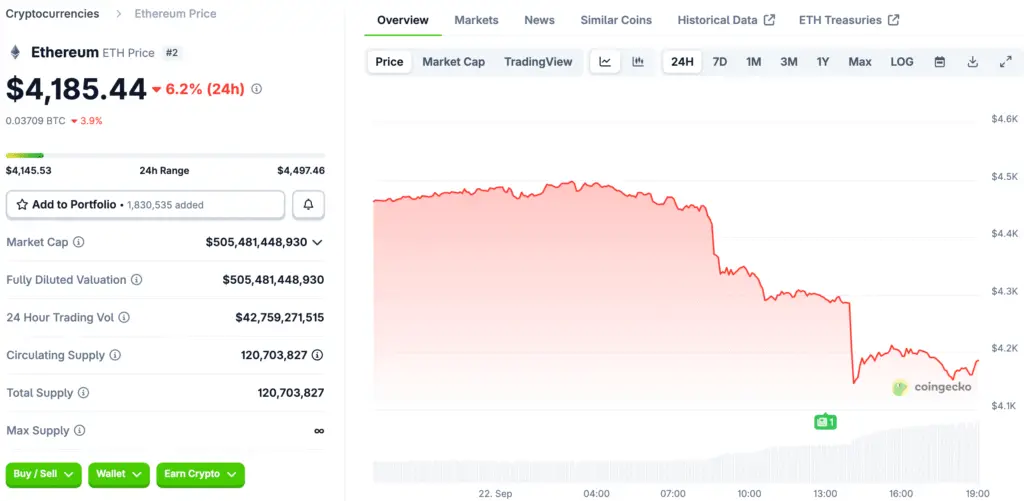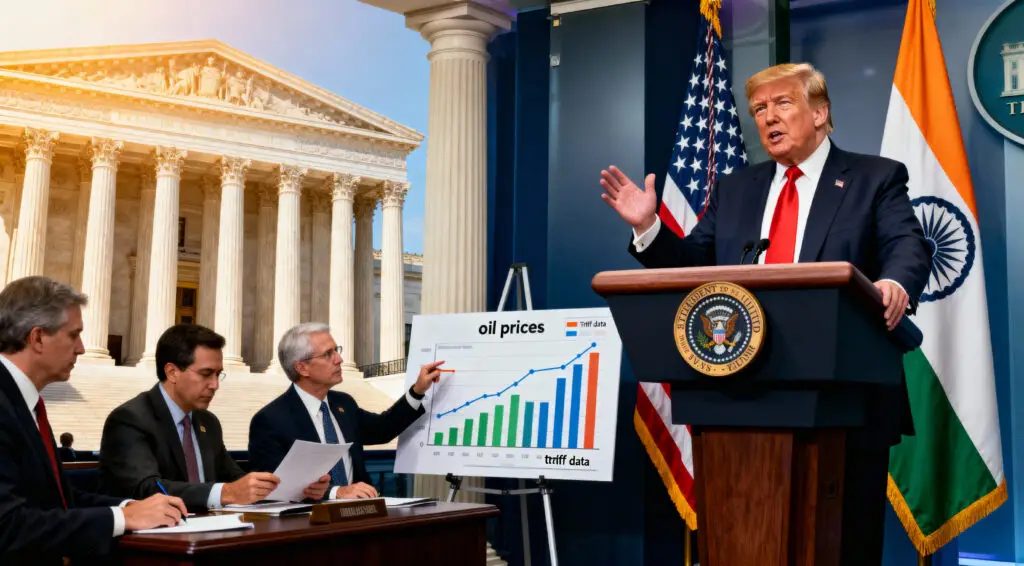Ethereum’s Future Economy May Be Driven by Safer DeFi Solutions
Vitalik Buterin, one of the founders of Ethereum, said that low-risk DeFi could be the main driver of Ethereum’s economy in the future. He said it was as important as Google’s ad model, which drives growth and keeps Google on top of the world for a long time. This comparison shows how Ethereum could make money from core financial apps that last.
Buterin said that Ethereum’s strongest pillars should be secure DeFi apps for lending, payments, and savings. These core apps meet real needs and keep people financially included, all while staying true to Ethereum’s founding values. He thinks that low-risk DeFi is the basis for Ethereum’s future economy.

The Evolution of Secure and Stable DeFi Protocols
Buterin said that DeFi protocols have come a long way, and some applications have shown to be very stable over time. He said that most of the losses are now happening in experimental projects instead of core services. This shows that low-risk DeFi protocols are gaining users’ trust and becoming more in line with Ethereum’s values.
In the past, yield farming and speculative incentives defined cycles. Now, DeFi offers real, useful solutions. Core services like stablecoin savings, lending, and collateralized loans are meant to meet the needs of people in the real world. This is a big change in the way people think about building economic stability instead of chasing returns that aren’t sustainable.
Why Low-Risk DeFi Aligns With Ethereum’s Values
Vitalik Buterin said that low-risk apps are a good example of Ethereum’s main goal, which is to make things more decentralized and accessible. They fill in the gaps between innovation and usability for people all over the world by offering reliable services. These apps make sure that Ethereum’s goal of creating decentralized, open financial systems is met.
Ethereum’s strength isn’t in making fake profits; it’s in making it easier for people all over the world to take advantage of opportunities that already exist. People who can’t use old banking systems can use stable platforms to do things like open bank accounts and get loans. This strengthens Ethereum’s reputation as a network that values fairness, usefulness, and trust.
Recommended Article: Ethereum Price Forecast: ETH Slips 3% As Fusaka Upgrade Targets December Mainnet
Real-World Examples of Stable DeFi Applications
Aave and other protocols that offer stablecoin deposits with competitive yields are two examples of low-risk DeFi. In fully collateralized lending markets, participants can get liquidity without going through traditional middlemen. Synthetic assets also make it easier to access mainstream economic opportunities through decentralized platforms.
These use cases show how Ethereum-based DeFi is becoming more important for meeting the world’s financial needs. Ethereum can boost adoption and lower risks by focusing on practicality. This kind of stability makes it more trustworthy in both the retail and institutional worlds.
Potential Paths for Low-Risk DeFi Expansion
Buterin talked about a few ways that low-risk DeFi could grow. Once reliable on-chain identity frameworks are in place, reputation-based undercollateralized lending could become a thing. This model would make it easier to get credit without making security worse.
Combining prediction markets with DeFi for portfolio hedging strategies is another option. These kinds of crossovers would make good risk management tools because they would let traders bet against events that are related. These new ideas could make DeFi’s economic value even more diverse.
Moving Beyond USD-Centric Applications in DeFi
Buterin also said that systems based on currencies other than the US dollar should be added. These could be basket-backed currencies, CPI-linked flatcoins, or even personal tokens made just for one person. Each new feature would make Ethereum’s role in global markets more diverse while keeping it decentralized.
Such diversification would lessen dependence on the U.S. dollar and help the global economy stay strong. These new features show how flexible Ethereum is and how well it can meet different needs around the world. Buterin thinks that this growth will help Ethereum’s economy stay strong in the future.
Ethereum’s Next Chapter With Sustainable DeFi
Ethereum is ready for a more stable stage in its evolution because DeFi protocols are becoming more stable. Low-risk apps could be the long-term economic backbone of Ethereum, just like ads are for Google. Buterin thinks that this kind of stability will make the company last and build trust.
Ethereum could go from speculative cycles to steady, stable growth as more people start using these secure apps. Ethereum makes its value proposition stronger for users, institutions, and developers by putting safety and reliability first. This next chapter could change Ethereum’s role in the world economy.















